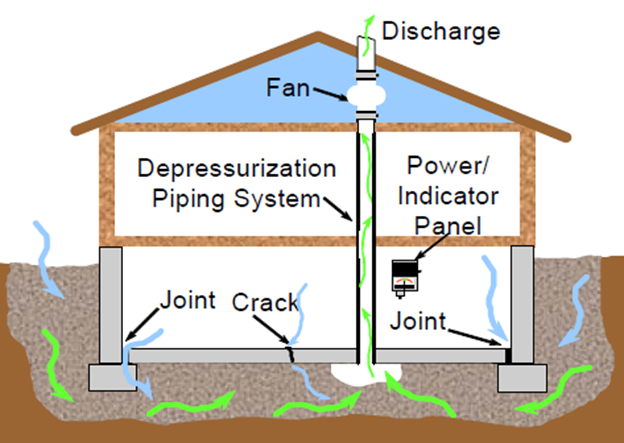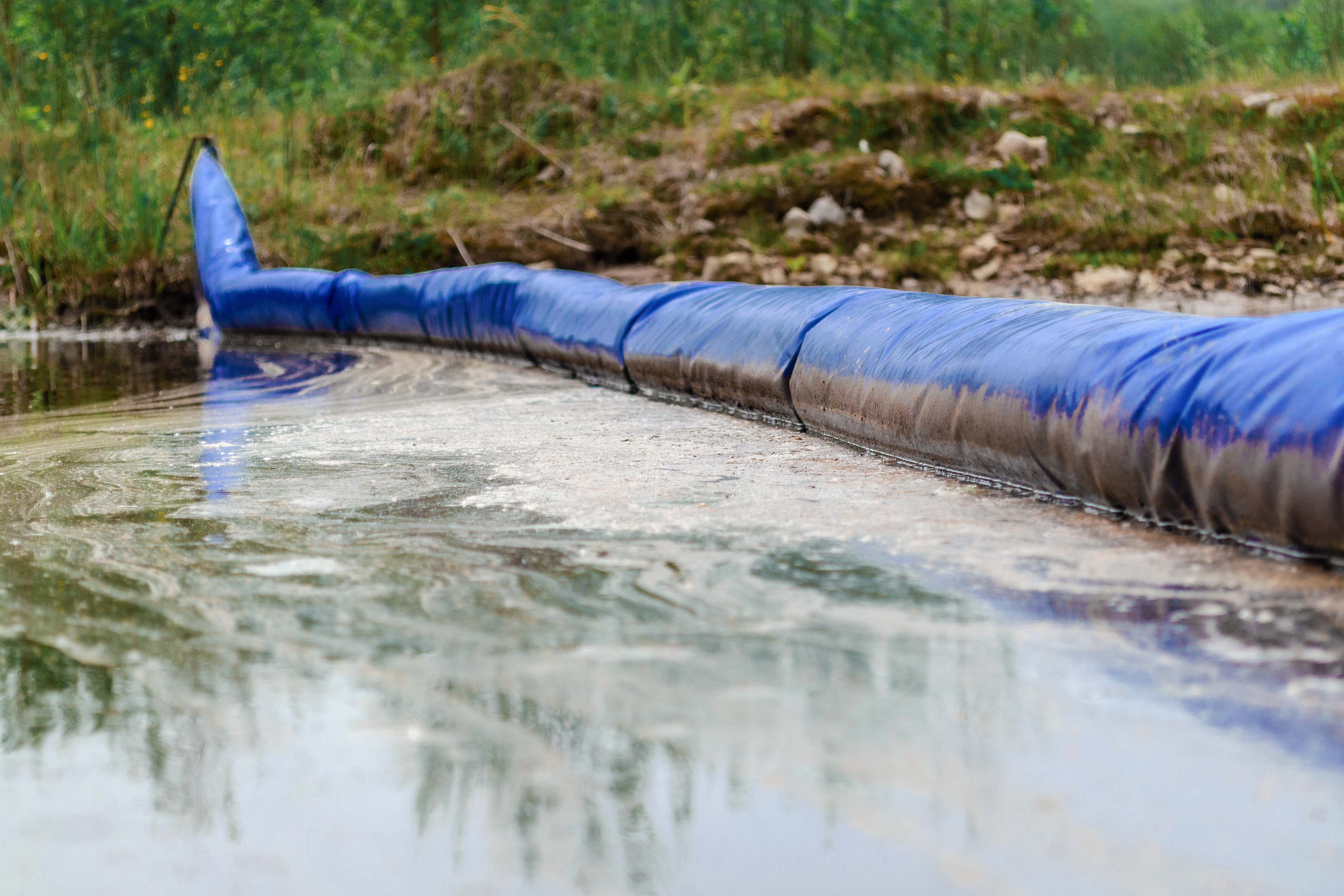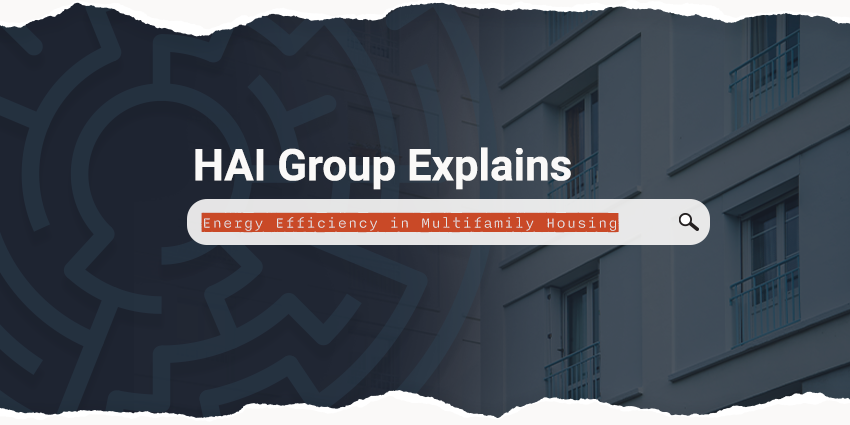The federal environmental site assessment standard codified into law two decades ago to protect commercial property buyers from costly Superfund cleanup liability has been significantly updated in the last year. Here's what you need to know.
Two decades ago, the commercial property industry was abuzz. For the first time, the U.S. Environmental Protection Agency (EPA) was set to define "all appropriate inquiries” (AAI), the process by which a prospective purchaser of commercial property could qualify for liability protection as an innocent landowner under the Comprehensive Environmental Response, Compensation, and Liability Act, also known as Superfund. A requirement of the 2002 Small Business Liability Relief and Brownfields Revitalization Act (known as the Brownfield Amendments), the mandate to define AAI was welcome news for property owners, who of course wanted to be sure that the environmental due diligence they conducted would protect them from potentially costly environmental cleanup liability.
Fast-forward to today, and the requirements are changing again.
A brief history of AAI and ASTM
More than a decade before EPA’s AAI rule took effect on November 1, 2006, ASTM International, an international standards-setting organization, developed its own guidelines for conducting pre-purchase environmental due diligence on real property. Published in 1993, ASTM E1527-93 established minimum standards for conducting a so-called Phase I environmental site assessment, including the steps required to confirm the likely presence or material threat of the presence of hazardous substances or petroleum products, known as recognized environmental conditions, or RECs (pronounced “wrecks”) under CERCLA.
Lacking a federal definition of AAI, the commercial property industry, and the courts, accepted ASTM’s standard as sufficient for conducting all appropriate inquiries. As a result, most commercial property transactions, even today, require an ASTM E1527-compliant Phase I environmental site assessment.
The evolution of E1527
To ensure that its consensus-based Phase I standard would continue to reflect “good commercial and customary practices” over time, ASTM requires E1527 to be reviewed by a committee of stakeholders every eight years. One notable revision occurred in 2005 in response to the Brownfields Amendments, which, in addition to ordering EPA to define AAI, clarified CERCLA liability protections for innocent landowners and added two new groups, contiguous property owners (those whose properties have been contaminated by neighboring properties) and bona fide prospective purchasers (those who willingly purchase contaminated property for redevelopment), to the list of property owners who could obtain CERCLA liability protection provided they conduct AAI.
In 2005, the EPA officially recognized E1527-05 as sufficient for satisfying AAI. A subsequent revision of the ASTM standard, E1527-13, replaced the ’05 standard and is still in use today.
Where we are now
On November 1, 2021, in accordance with the eight-year requirement, the ASTM Committee on Environmental Assessment, Risk Management, and Corrective Action approved a new version of the Phase I standard. Patricia Overmeyer, the deputy director of the EPA’s Office of Brownfields and Land Revitalization, participated in ASTM’s E1527 task group, so it was no surprise when on March 14, 2022, EPA approved E1527-21 as an acceptable method for meeting all appropriate inquiries.
Here are four important changes in the new standard that you should know about.
1. Historical research requirements are stricter
It’s nearly impossible to tell whether a property is polluted just by looking at it. An apartment building, for example, may once have housed a manufacturing facility whose operations contaminated the soil or groundwater. For this reason, ASTM’s Phase I standard requires environmental professionals to conduct historical research.
Under ASTM E 1527-13, environmental professionals are required to review as many historical sources as they deem necessary to identify the property’s past uses.
As you can imagine, this language is open to interpretation.
“At the beginning of the process of updating the E 1527-13 standard, which we started in 2018, Julie [Kilgore, who chairs ASTM Subcommittee E50.02 on Real Estate Assessment and Management] convened a task group of around 300 professionals to start talking about pain points so we could devote special attention to those areas,” said Elizabeth Krol, PG, EP, MBA, CRE, a national client director for EBI Consulting and an approved ASTM Phase I and II trainer. “Historical resources are one area of weakness. We had lenders, consultants, and practitioners who were really focused on giving this area the attention it deserved. The relevant sections had been untouched since 1993!”

Elizabeth Krol, PG, EP, MBA, CRE
To provide more clarity, especially for those who rely on Phase I reports, E1527-21 requires the environmental professional to review, at a minimum, aerial photographs, fire insurance maps, topographic maps, and city directories—known in environmental consulting circles as the Big 4—provided they are reasonably ascertainable, applicable to the subject property, and likely to be useful in determining the property’s prior use.

Fire insurance maps, like this Sanborn map of downtown Philadelphia from 1924, are one of the 'Big 4' historical sources environmental professionals are required to review under ASTM E1527-21. Image courtesy of Pat Coyne at EDR Lightbox.
Krol said the standard clarifies that additional resources, such as building department records, zoning records, and property tax files, can be swapped in or out as needed. “For example, there may be geographical limitations in rural areas,” she said. “We wanted to give environmental professionals flexibility in their local jurisdiction.”

A historical topographic map, like this one of downtown Philadelphia from 1899, can help environmental professionals piece together the prior uses of a property and whether contamination from historical activity may exist.
Image courtesy of Pat Coyne at EDR Lightbox.
If any of the required sources cannot be reviewed—they’re not reasonably ascertainable, for example—the Phase I report must now include the reason. Krol has a strong opinion about the value of this change for property owners. “Some people are getting reports based on insufficient data because their consultants are leaning too much on the ‘reasonably ascertainable’ standard,” she said. “I’m very vocal about environmental consultants who underbid to win jobs and cut corners to maximize profit. In today’s data age, information is more readily available than ever before, so [consultants] should be held to a higher standard.”
2. The definition of adjacent property has expanded
Because contaminants can travel through the air, soil, and groundwater, a Phase I environmental site assessment that only looks at the subject property could miss significant issues, which is why Phase I standards require a review of adjacent properties. Like the definition of reasonably ascertainable, though, what constitutes an adjacent property is subject to interpretation.
“We found that people were dismissing properties that they should have been researching,” said Krol. “For example, a property across a street may not be considered adjacent, but streets can be added or reconfigured over time. You need to know what other operations are in the vicinity to prepare a comprehensive Phase I. We didn’t want environmental consultants dismissing properties simply because the standard says they can. Buyers of commercial properties need to understand their environmental risk, and we made that clear in the 2021 update.”

A database report of known environmental hazards is a requirement of an E1527-compliant Phase I environmental site assessment. You can see from this map how contamination on nearby properties, especially at higher elevations, might impact the subject property.
Image courtesy of Pat Coyne at EDR Lightbox.
3. The list of non-scope issues has been updated
Certain issues, such as mold and asbestos, can cause significant environmental and human health problems, delay redevelopment, and open a property owner up to liability. Because they’re not considered RECs under CERCLA, however, these issues are considered "non-scope" in Phase I standards, including E1527. That said, the new ASTM standard does clarify that non-scope considerations can be added at the request of the user—a move property purchasers should consider if CERCLA isn’t their only concern.
“This is a really important topic,” said Krol. “The federal standard makes things like per- and polyfluoroalkyl substances, or PFAS, non-scope issues, but 23 states have PFAS guidance, so it’s highly likely that properties will be impacted by the state regulations in some way. These issues are on everyone’s radar, especially in high-growth states like New York, New Jersey, California, and Texas. I recommend that your readers have that conversation with their environmental consultant before the Phase I is prepared. The environmental community largely agrees it’s in everyone’s best interest to evaluate non-scope issues.”

Purchasing a contaminated site without conducting proper due diligence can open up commercial property purchasers to costly cleanup liability, even if they didn't cause, or know about, the issues.
4. The shelf life of the Phase I has changed
EPA’s AAI rule says that certain components of the Phase I report, including the site visit, historical research, interviews, government records review, and the environmental professional’s conclusions, must be completed no more than 180 days before the property is acquired. Even so, it’s common industry practice to look at the date the report was prepared, not the date the property was acquired, when determining if the report is still usable. It’s also common practice to look at the report as a whole and not at its components.
The 2021 update clarifies that the purchase date of the property is ground zero and that all five components of the report must comply, meaning certain elements of the report can be out of date even if others are current.
“Under the new standard, your consultant may have to re-interview people or re-order a government database report,” Krol said.
So what should housing organizations do when considering a commercial property for purchase?
While ASTM E1527-13 still satisfies AAI, if you’re purchasing commercial property in the near future, you may want to direct your environmental professional to follow the newest version, E1527-21.
“Don’t wait until it’s required,” said Krol. “A newer standard exists. It’s diligent and it’s consensus-based, so even though we’re in a period of transition, the best practice is to migrate to the new version.”

How will these changes affect Phase I ESA pricing?
Krol says if you’re already working with a skilled consultant and paying a fair price for your Phase I, the price shouldn’t change much. If you’re using a consultant who cuts corners, charging the lowest possible price, and using the least-skilled staff to do the job, you can expect to pay more in the long term.
Keep in mind that going with the lowest bid means the report you receive likely won’t protect you. “Attorneys always say the market doesn’t see the outcome of these reports because so many cases are settled. There’s not a lot of case law yet, but reports that cut corners don’t hold up in court,” Krol said.
There are other changes that are worth noting if you are purchasing commercial property. Many are subtle but are intended to make the report more useful for end users—good news for everyone who purchases commercial real estate, including the public and affordable housing industries.
Find the new standard here.
Buying property? Let's make sure you're covered. Contact our Account Services team today.
iIncludes copyrighted material from a company under the HAI Group family, with its permission. this post is for informational purposed only and is not intended to provide legal advice, and shall not be relied on as such. We strongly recommend consulting with legal counsel or an appropriate subject matter expert.






